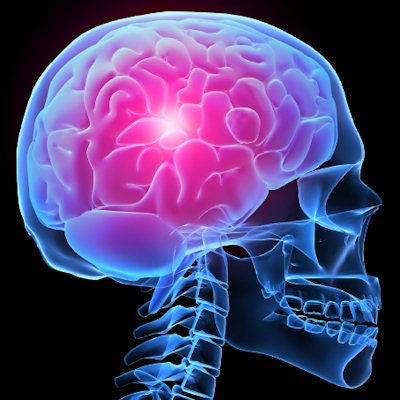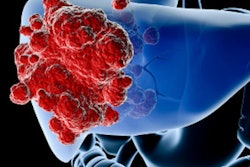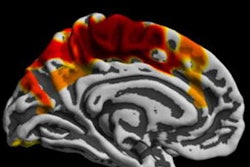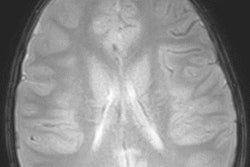
Researchers from Emory University developed an abbreviated MRI protocol for brain scans of pediatric patients with headaches, dramatically reducing the need to sedate the children, according to a study published in the June issue of the American Journal of Roentgenology.
The protocol reduced the use of sedation by 74% among pediatric patients eight years or younger and made available more time to scan other patients.
"Additional benefits ... included high patient satisfaction and ability of MRI staff to accommodate inpatient MRI studies when scheduled full MRI time slots (45 minutes) were not fully used for the abbreviated brain MRI studies," wrote co-authors Drs. Anna Trofimova and Nadja Kadom from the Emory University School of Medicine.
As clinicians are well aware, pediatric patients can be a challenge to image, given their proclivity to shift and squirm during exams. One obvious solution is to shorten image acquisition time. With current MRI hardware, software, and a multitude of sequence options, a full brain scan can be completed as quickly as five minutes in some cases.
For the protocol at Emory, clinicians automatically plan on sedation for pediatric patients eight years or younger undergoing MRI scans. In preparing for the exam, they also try to determine whether patients can stay still in the scanner for at least 5 minutes, 32 seconds and as long as 8 minutes, 49 seconds without sedation to ensure optimum image quality (AJR, June 2019, Vol. 212:6, pp. 1348-1353).
The researchers conducted an internal review of MRI utilization at the facility and found that 4,257 MR imaging studies were performed on children with headaches or migraines in 2016. Of that total, 1,159 patients (27%) were primary headache cases, with approximately 75% of the imaging studies resulting in normal findings.
They then developed processes to ensure the appropriate use of the modality for pediatric headache cases and added an abbreviated MR brain imaging protocol for children with this issue. The abbreviated MRI protocol (GoBrain, Siemens Healthineers) included the following sequences: sagittal T1-weighted, axial T2-weighted, axial fluid-attenuated inversion recovery (FLAIR), axial diffusion-weighted imaging (DWI), apparent diffusion coefficient (ADC) maps, and axial gradient-recalled echo imaging.
"When we started using the abbreviated brain MRI protocol, we established a rule that it should be used only in outpatients with headache or migraine who have no additional features suggestive of secondary headache according to the available clinical information and who do not have any other known brain abnormalities," the authors noted.
In a review of records from April 2017 to September 2017, the abbreviated MRI protocol was used with 31 pediatric patients. Of these, 23 patients (74%) completed their scans with no sedation. The success rate was partially due to age, with all patients between six and eight years finishing their exams. However, only six (43%) of 14 patients five years or younger completed their sedation-less scan.
The total image acquisition time for the abbreviated MRI protocol ranged from 5 minutes, 32 seconds to 8 minutes, 49 seconds, which was right on target with the clinicians' goal.




















